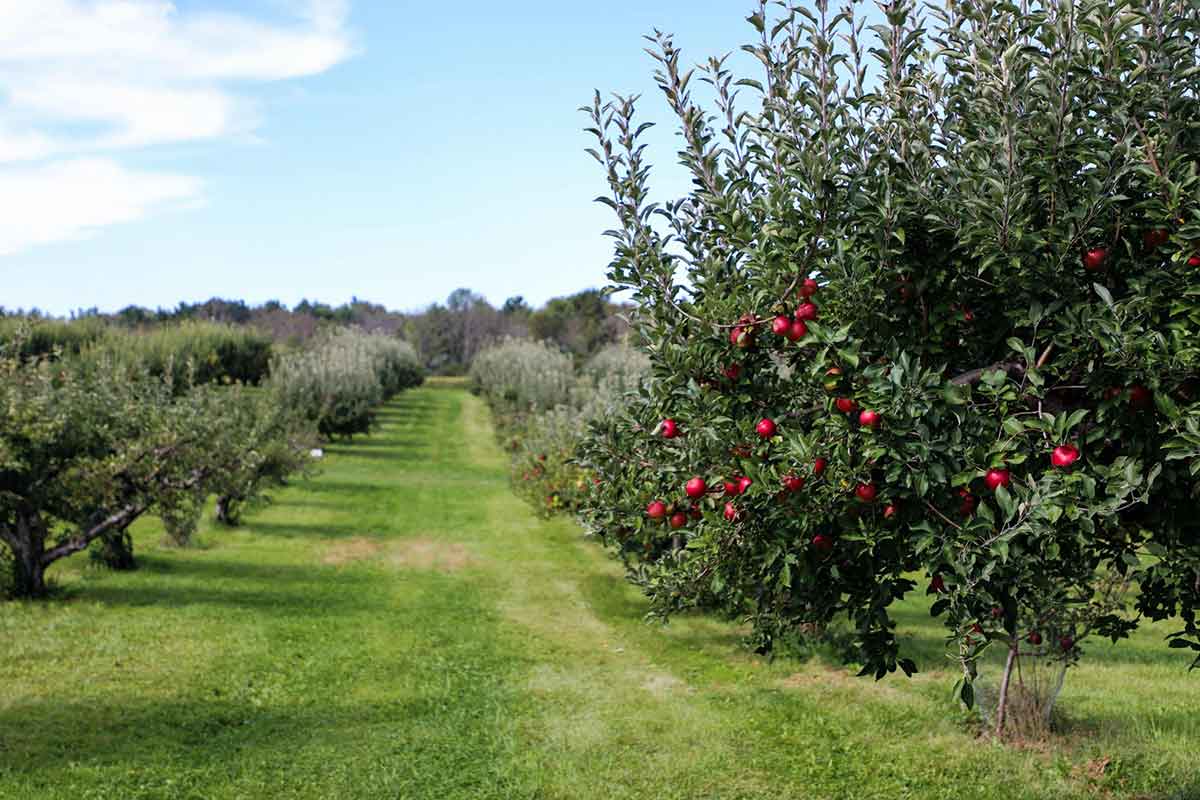January: Regular brushing and switching of greens and tees helps to remove moisture which will help stop the spread of disease in the grass. If weather allows try to have a general tidy up of the area, check bunkers for any weeds, cut any untidy areas, inspect greens & flags as winter months can lead to an increase in vandalism. Try to aerate the grass as much as possible as this is a very wet month!
February: Due to February still being wet and waterlogged. The same applies, regular brushing and regular aerating to stop the course becoming waterlogged. If February is more mild than usual you may see an increase in worm activity, so keep an eye on this. Now would be an ideal time to finish any servicing or repairs on your machines ready for the continued use in summer.
March: During the winter you may have had high winds which could have caused damage to any woodland on the course, now is the best time to get any fallen trees etc cleared. You can give your sandpits some TLC now, cutting edges and refilling sand levels. You should now be mowing once a day- twice a week to get the grass in its best condition.
April: Now is the time to make sure your mowers are serviced and set accurately, check your blades are sharpened and cutting heights are spot on. Mowing operations will already be in full swing and you will be mowing at different frequencies, weekly or monthly depending on how the grass is growing.
May: If the weather is good enough now is the time to get mowing! By the end of the month the greens should be at their summer height of 3.5-6mm but be sure to cut them down gradually. Continue to aerate to keep the grass in its best condition, particularly in wet weather.
June: This time of year, you are likely to be cutting more often. Regularly alter the direction and pattern of your cut to reduce stress to the grass. If you have any bare areas from regular use, try to renovate them as quickly as possible to stop any unwanted weed growth. As a whole June will see lots of weed growth caused by the previous wet weather and the (hopefully!) glorious sunshine we will be having.
July: Keep mowing the course regularly at summer heights, the course will be having a lot of use with this being one of the busiest months so it’s important to keep on top of it. If the weather is good you will need to keep an eye on the soil temperature, if it gets too high the ground will start to dry out. Watering at this time of year is essential, hand watering is the best way… but sprinklers will work well too.
August: Regular mowing will be essential now keep the mower at summer heights, don’t be tempted to put it lower because of how quickly the grass is growing as this can effect overall grass quality. As an alternative you could look at rolling the grass as this will not place as much stress on the sward.
September: Cutting frequency should remain high and the mower should still be set to summer height as this time of year is still warm and sunny so will promote good growth. Now is the best time to start end of season renovations such as repairing warn out areas, preventing build up of thatched layers, aerate your soil and apply pre-seeding/autumn fertilisers.
October: The weather in October can be unpredictable. Sometimes you can have frosts from the start, other years not until the end of the month. October is a great month for seed sewing as long as it isn’t too frosty, so plan to do any grass repairs now. Now is a good time to clear any ditches or ponds before the wet weather sets in.
November: Dew brushing is a big part of lawn care this month. Another is leaf clearing, be sure to clear any debris off the grass to enable growth for next year. Rolling as opposed to mowing will be good if you have any patches of grass seed growing.
December: Dew brushing is still a good idea for this time of year. As well as general maintenance and cutting. Now is also a good time to start servicing and repairing your machines ready for a new year ahead.








